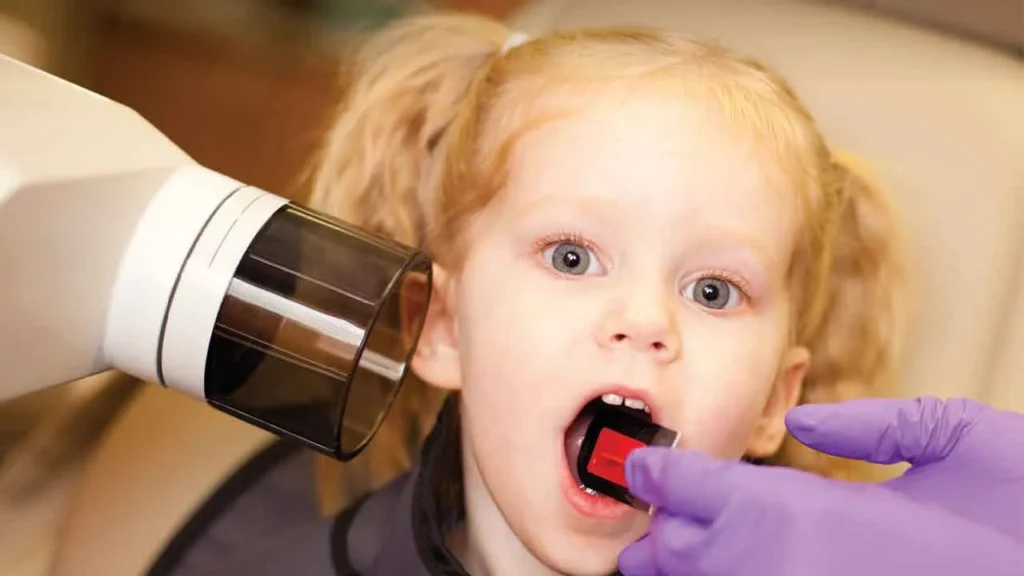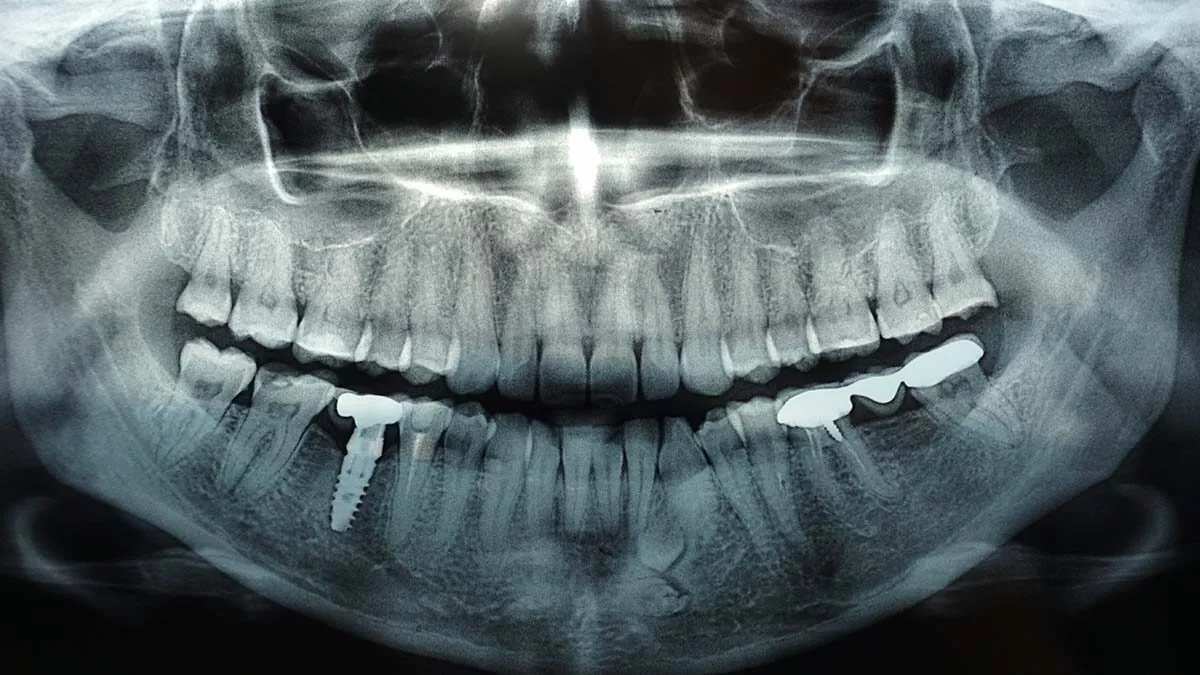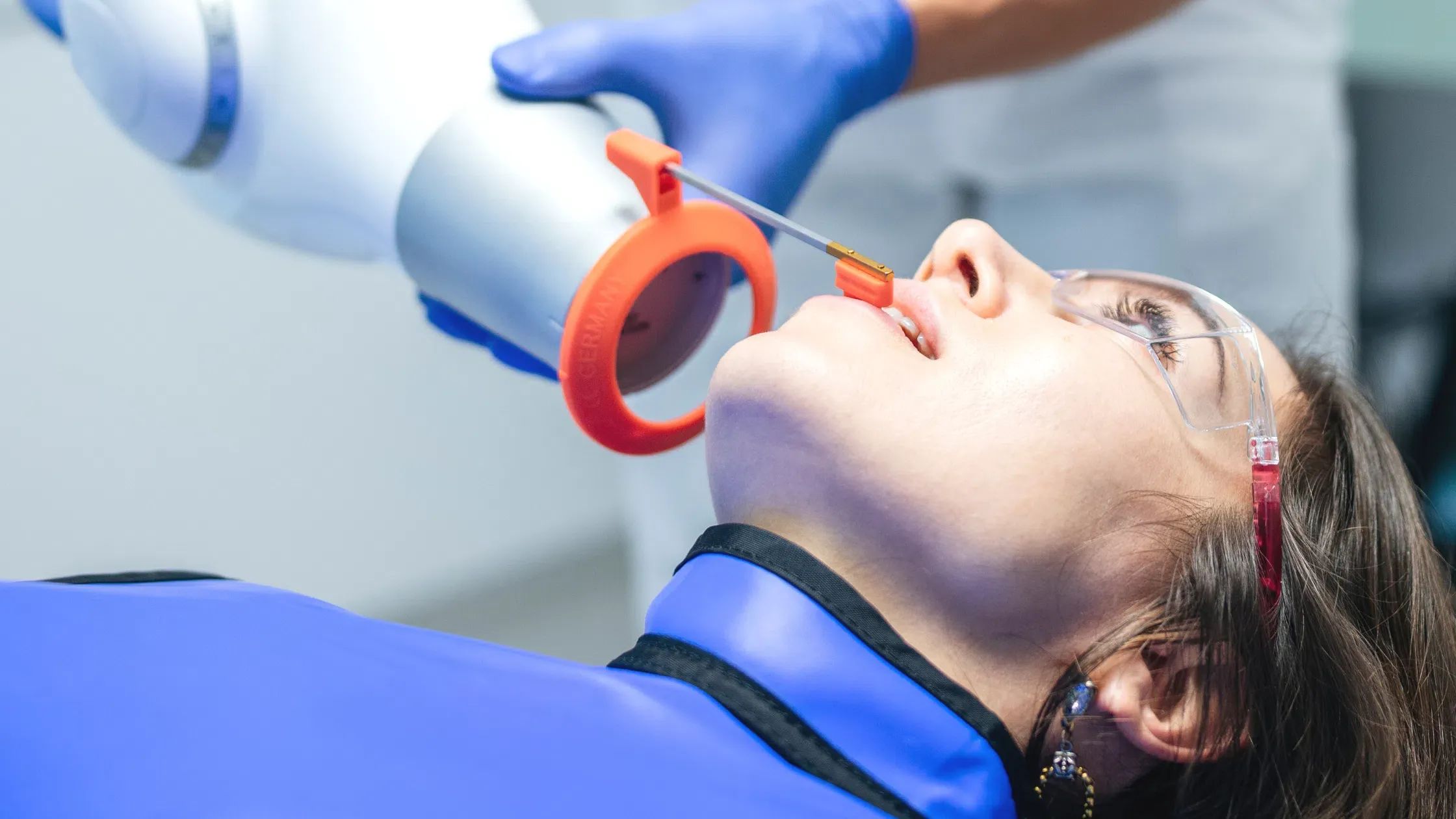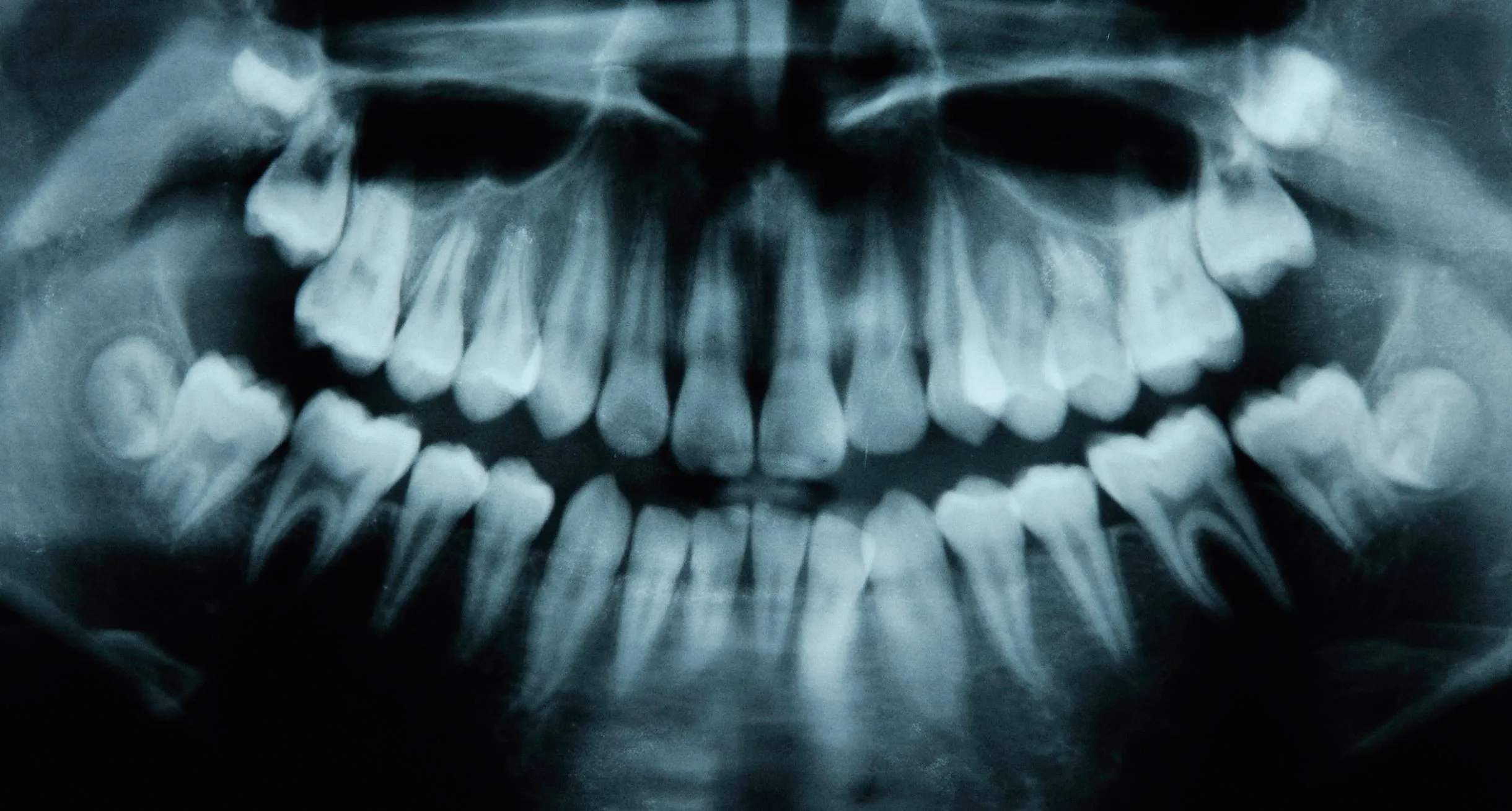
Dental visits often come with the routine request for X-rays, leading many patients to wonder about the safety and necessity of these procedures. As dental technology evolves, understanding the balance between essential dental care and potential health risks becomes crucial. This article delves into expert insights and scientific findings to provide a comprehensive overview of dental X-ray safety, frequency, and necessity.

The Essential Role of Dental X-Rays in Oral Health
Dental X-rays stand as a cornerstone in modern dentistry, offering critical insights that are often invisible to the naked eye. “Dental X-rays are essential for oral health. They help us spot issues like cavities, abscesses, abnormal growths, and gum disease, often before they become serious,” explains Dr. Erika Benavides, a dentist and oral and maxillofacial radiologist at the University of Michigan School of Dentistry. These diagnostic images allow dentists to accurately assess and treat conditions at an early stage, significantly enhancing treatment outcomes.
Understanding Radiation Exposure in Dental X-Rays
Despite their benefits, the notion of radiation exposure from dental X-rays can induce anxiety. The key lies in the amount and type of radiation emitted during these procedures. “The amount of radiation you’re exposed to during dental X-rays is very low,” says David J. Brenner, director of the Center for Radiological Research at Columbia University. He adds that this level is “much lower than it was decades ago, and often less than the total radiation you’re exposed to every day from your environment.”
To put it into perspective, a typical series of bitewing X-rays emits about five microsieverts of radiation, which is less than the radiation exposure from a typical day’s worth of environmental background radiation. Panoramic X-rays, which involve a rotating X-ray around the head, emit about 20 microsieverts, comparable to the exposure from a five-hour airplane flight, according to Dr. Sanjay M. Mallya, an oral and maxillofacial radiologist at UCLA School of Dentistry.

Balancing the Benefits and Risks
While the advancements in technology have reduced radiation levels, the frequency of X-rays still poses concerns. “Over the last 30 years or so, the technology has improved,” Dr. Brenner stated, acknowledging that even low levels of radiation might slightly increase cancer risk. However, he emphasizes that this risk is “small compared with all the other cancer risks we face.”
Experts advocate for a judicious use of X-rays. “The clinical exam should always come first,” insists Dr. Benavides. Dental professionals are advised to only order X-rays when there are clear indications from a clinical examination that further investigation is necessary. For low-risk patients, X-rays might only be necessary once every two to three years, significantly reducing unnecessary radiation exposure.
Guidelines and Safety Measures
Recent guidelines from the American Dental Association and the American Academy of Oral and Maxillofacial Radiology confirm that dental X-rays are safe for pregnant women, citing the extremely low doses involved. Furthermore, protective measures such as lead aprons, once common, are now deemed unnecessary in many cases and can interfere with the quality of imaging.

The Verdict on Dental X-Rays
When conducted under the right circumstances, dental X-rays are a safe and critical component of dental healthcare. Patients are encouraged to discuss their dental X-ray history and necessity with their dentists, ensuring that each X-ray taken is justified and beneficial for their oral health. As Dr. Benavides suggests, “I would feel more comfortable if someone examines me first to determine if I really need these.” This approach not only promotes safety but also empowers patients in their healthcare decisions.
In summary, while the concerns regarding radiation exposure from dental X-rays are valid, the current evidence and expert opinions strongly support their safety and necessity when used appropriately. Regular dental check-ups, combined with informed decisions about X-rays, can significantly enhance oral health without unnecessary risks.
